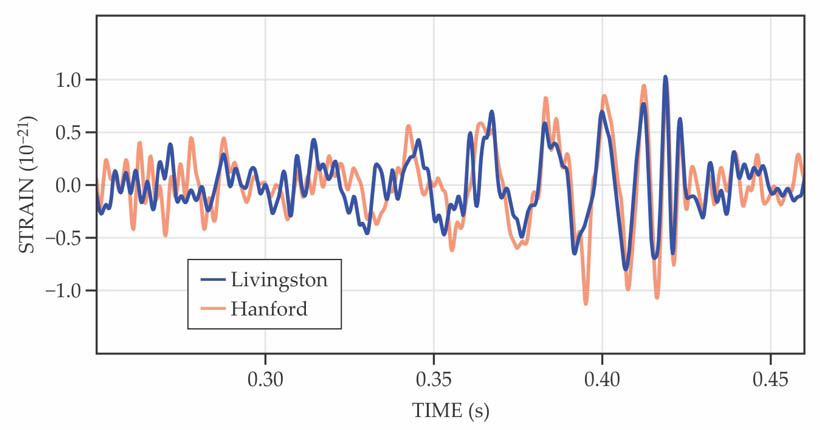
|
UGS 303 - Popular Astronomy Fall 2016, Unique 63280,63285,63290,63295,63300,63305 |
|---|

| Classes: | TTH 11-12:30 CLA 0.130
|
| Instructor: | Karl Gebhardt |
| Office: | RLM 15.224 |
| Office Hours: | M 2-3, W 5-6, or by appointment or just drop in anytime |
| Office Telephone: | 471-1473 |
| Email: | gebhardt@astro.as.utexas.edu |
| Teaching Assistants: |
Sydney Sherman Brian Mulligan |
| Office Hours: | Sydney: W 2-3 |
| Brian: T 2-3 | |
| Discussion Session: | M, various times |
COURSE OBJECTIVES: |
Astronomy receives considerable attention from the media and the public in
general. It allows us to ask fundamental questions about who we are, where
we come from, and where we will end up as a world. This course will
concentrate on the areas of Astronomy that are currently most covered by
the media. It will also focus on new developments about the nature of the
physical world that we live in. Topics include thoughts on gravity, new
worlds, supermassive black holes, dark matter, dark energy, the formation
of the Universe, and other significant developments that arise during the
semester. We will cover each of these in depth, but will also concentrate
on the reaction that the media has had on them. The media and public often
have an uncanny ability to probe directly to the main reasons for why
scientists study a particular problem. The student who completes this
course will not only have a better scientific understanding of the current
hot topics in Astronomy, but also understand how the media can actually
drive science in general.
|
TEXT: |
No textbook is required. Much of the relevant material will be
articles that are available on the internet, so access to the internet
is important. Lectures, along with many articles from the internet,
will be provided online. I recommend the book ``Cosmic
Perspective'' by Bennett, Donahue, Schneider, and Voit for additional
material. I will add websites to the lists below during the
semester.
|
INTERNET RESOURCES: |
General Resources
NASA Kepler Hubble Chandra SPITZER Picture of the Day Space Weather Astro Archives The Cosmic Perspective website NASA Watch ESO LHC LIGO |
Planet Resources
Exoplanets Encyclopaedia Exoplanets, US Team Exoplanets, Swiss Team Planet Quest Minor Planet Center Sedna Page McMaster Simulations Black Hole Resources Black Hole Webpage Dark Matter Resources Bullet Cluster Bullet Cluster 2 |
INTERNET ARTICLES: |
On-line Astronomy News Space.com NY Times Science LA Times Science BBC Science Sky and Telescope SpaceRef |
Good Resources RC3 Galaxy Images Particle History Strassler's page Weinberg article Black Hole articles Rogue stars Gamma-Ray Burst SWIFT Satellite GRB 08 |
Articles Brian Greene's article Big Bang Modification Dreaming Physicists LHC Feed LHC article Planet Articles Image of Exoplanet |
GEEKS GONE WILD: |
LHC Rap Bohemia Energy Scale Orbit Fun |
INTERNET SIMULATIONS: |
Very Cool View of MW Orbit Simulator Nelson Planet Simulation, Earth Nelson Planet Simulation, Jupiter McMaster Planet Simulation Mayer's Planet Simulation Armitage Planet Migration Mihos' Java Lab Bothun's Java Lab Binary Star Simulation Black Hole Movies Andromeda merging with Milky Way Spiral merging Elliptical merging Spiral (face-on) Volker Springel's colliding galaxies |
OBSERVING: |
You may be interested to visit our Student Observatory on the roof of Painter Hall. This houses a 9 inch refracting telescope. The open nights are Friday and Saturday from 8:00 - 10:00 PM, clear nights only. This is a simple telescope to use and students (you!) can be checked out to observe with it. Please see me for further information. There is a check-out procedure at Check-Out . You may also look at the Painter Hall Telescope Handbook, which explains the check-out procedure and the use of the telescope. You can also consult the Educational Services Office, RLM 13.130, 471-1307. There are also Star Parties every Wednesday evening on the roof of RLM using the 16-inch telescope. |
STUDENTS WITH DISABILITIES: |
The University of Texas at Austin provides upon request appropriate academic accommodations for qualified students with disabilities. For more information, contact the Office of the Dean of Students at 471-6259, 471-4641 TTY. Also, please notify me of any modification/adaptation that you may require to accommodate a disability-related need. Specialized services are available on campus through Services for Students with Disabilities. |
UNIVERSITY RULES: |
The University's deadlines and rules regarding "dropping" the course will be strictly enforced. I assume that you know the deadlines and the rules. |
RELIGIOUS HOLIDAYS: |
By UT Austin policy, you must notify me of your pending absence at least fourteen days prior to the date of observance of a religious holy day. If you must miss a class, an examination, a work assignment, or a project in order to observe a religious holy day, you will be given an opportunity to complete the missed work within a reasonable time after the absence. |
University of Texas Astronomy Home Page
*This week's great line from a great song.